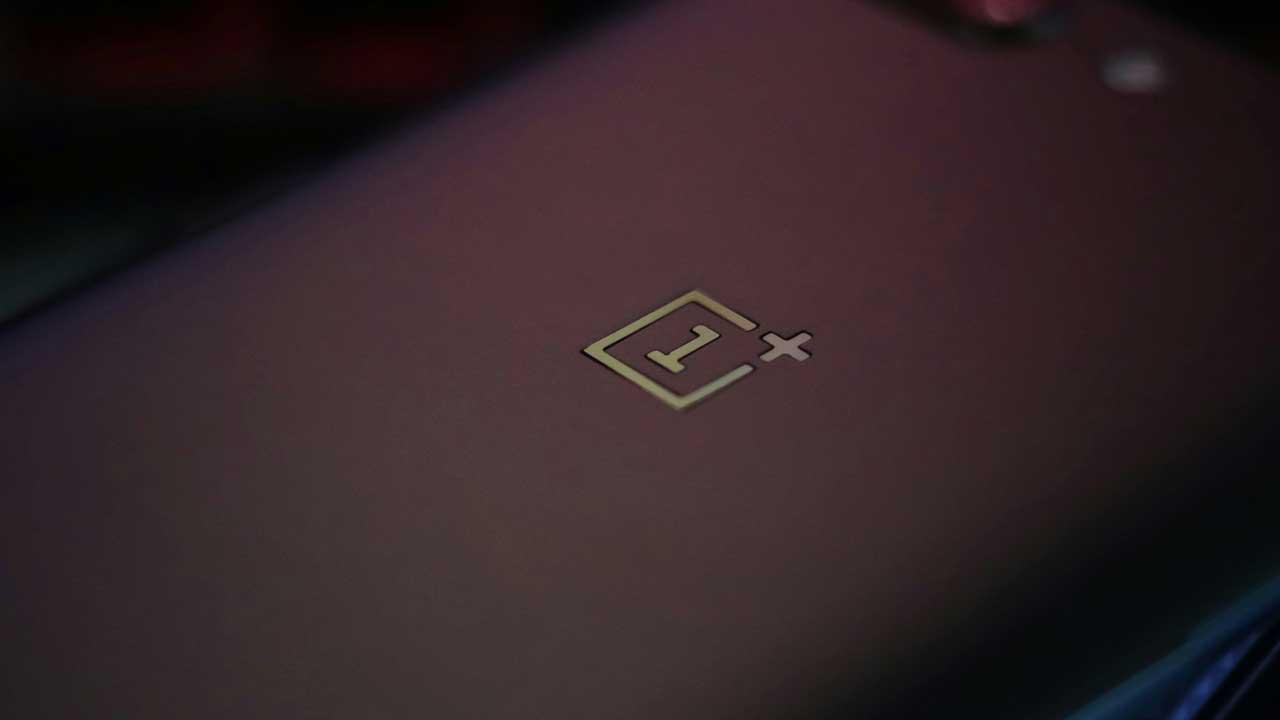In this news
A scientific study revealed what were the first objects found in the world being It led to all subsequent creations. The report on whether it comes first “the chicken or the egg” was made from the data he uncovered James Webb Space Telescope Who analyzed stars and galaxies.
report the Johns Hopkins University It is published in the specialized journal Astrophysical Journal Letters. The authors told what primitive times were like and explained how the first celestial bodies were formed. This new theory challenges the best known intuitions about the composition of space.
Chicken or the egg: What was the first creation of the universe, according to the scientific report?
Published work from studies of the famous telescope explained that black holes It gave rise to the first stars and galaxies. These unknown giants could have accelerated the birth of early celestial bodies 50 million Of years of the universe.
“We know that these supermassive black holes exist in the centers of galaxies near us milky wayBut the biggest surprise now is that they were also present at the beginning of the universe and were almost like the building blocks or seeds of the universe. The first galaxiessaid the report's author, Joseph Silke, professor of physics and astronomy at the Sorbonne University.
The specialist narrated that this first creation was like a “huge amplifier for music.” Star formation“The Hopkins scientist justified the importance Discovery“It represents a complete change from what we thought was possible before, to the point that this could completely change our understanding of how galaxies form,” he warned.
What study discovered the first creation of the universe?
The professor at Sorbonne University said that based on observations, black holes and galaxies coexisted during the first 100 million years of the universe. Although conventional wisdom says that black holes have yet to form Collapse of massive starsNew developments demystify this theory.
“We argue that black holes are ejected Pulverized gas clouds“They turn into stars and dramatically accelerate the rate of star formation,” he said, adding: “Otherwise, it is very difficult to understand where these bright galaxies came from because they were usually smaller in the early universe.”
“This is huge Wind Coming from black holes crush nearby gas clouds and turn them into stars. it is him Missing link “This explains why these first galaxies were much brighter than we expected.”
What was the beginning of the universe, according to a new study from Hopkins University?
The team responsible for the research indicated that the young universe had two stages. During the first stage, flows High-speed black holes accelerated the star formation process, and then these explosions slowed down in a second phase.
Silk recounted how he followed the natural flow of space: “After a few hundred million years the great explosiongas clouds collapsed due to Magnetic storms From supermassive black holes, new stars are born at a much higher rate than is seen after billions of years in ordinary galaxies.
The secret of eternal youth: tea that removes wrinkles and stimulates collagen production
Healthy diet to lose 2 kilos in 3 days
The scientist explained: “We initially thought that galaxies were formed when a giant gas cloud collapsed,” but then he concluded that the origin of things was different.
“The biggest surprise is that there was a seed in the middle of that cloud — a large black hole — and that helped rapidly transform that cloud into stars at a much faster rate than we expected. That's why the first galaxies were incredibly bright,” he considers.
What are the future developments from the discovery of the James Webb Telescope?
Scientists hope that future Webb telescope observations will provide more accurate numbers of stars and… Supermassive black holes In the early universe, it helped confirm their calculations.
Silk expects that these observations will allow other specialists to gather more evidence about the evolution of the universe: “The big question is: What were our beginnings? The Sun is one star out of 100 billion stars in the Milky Way. There is also a massive black star.” Hole in the middle. What is the relationship between the two?
“Within a year, we will have much better data, and many of our questions will begin to get answers,” the report's author concluded.

“Proud web fanatic. Subtly charming twitter geek. Reader. Internet trailblazer. Music buff.”







More Stories
OxygenOS 14 has more bad stuff than you thought
HONOR Magic6 Pro shows its power and quality against the Samsung Galaxy S24 Ultra
NASA has captured images of the famous horse-shaped nebula in unprecedented detail